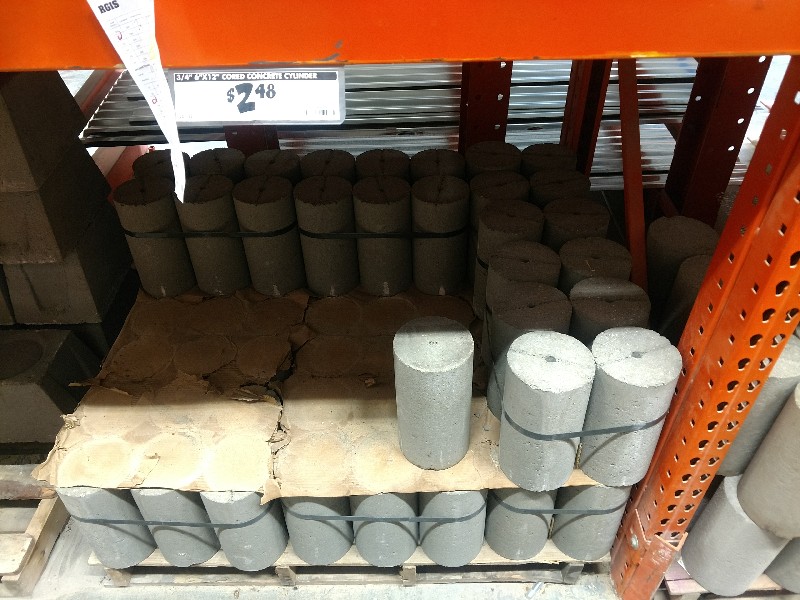

Cracked foundations can be a significant concern for homeowners, leading to costly repairs and potential structural issues. This article will delve into the world of DIY and professional home improvement repair methods for cracked foundations. We’ll explore common causes, different repair techniques, and when it’s crucial to seek professional help. Understanding the steps involved in fixing a cracked foundation, both DIY and professional approaches, will provide you with valuable insights.
Understanding the Root Causes of Foundation Cracks
Foundation cracks can arise from various issues, impacting homeowners across diverse regions. Common culprits include poor soil conditions, inadequate drainage, and fluctuations in the groundwater level. Rapid fluctuations, either seasonally or due to heavy rainfall, can place immense pressure on the foundation and lead to cracks. Expansion and contraction of soil due to temperature changes can contribute to stress on the foundation, increasing the risk of cracks, particularly in areas with significant temperature variations. Construction near the property or environmental factors like tree root systems encroaching on the foundation can impact the integrity of your home. Understanding these underlying factors is paramount for effective and sustainable repair solutions.
Common Soil and Groundwater Conditions
Poor soil compaction can compromise the foundation’s ability to support the structure of the home. Expansive soils, prone to swelling and shrinking, are a significant concern in areas experiencing frequent changes in moisture levels. Likewise, groundwater fluctuations and inadequate drainage contribute significantly to soil conditions that may impact the foundation. Understanding these issues and how they can affect your home is paramount to proper repair.
Construction and Environmental Factors
Improper construction techniques can lead to foundation problems. Additional factors that can contribute to cracks in a foundation include tree root systems and nearby construction activities. The weight of construction or environmental factors on a foundation can lead to significant damage, emphasizing the importance of proper assessment.
DIY Foundation Repair Methods for Minor Cracks
DIY repairs are suitable for minor cracks in the foundation, typically hairline fractures. However, it’s critical to assess the situation accurately before initiating any DIY remedies. These smaller fixes can be effective in preventing further damage from accumulating or exacerbating existing issues.
Identifying Suitable Cracks for DIY Repair
Before starting any work, accurately determine if the crack is truly minor. Shallow cracks that do not extend to the support beams or framing are often manageable with DIY solutions. Consult with a structural engineer for further guidance. This is a key step to avoid escalating the issue.
Applying Patching Compounds and Sealants
Patching compounds and sealants are effective for shallow cracks. This method involves cleaning the crack thoroughly, applying the compound, and ensuring proper curing for the material to properly adhere to the surface. The curing time depends heavily on the specific type of patching compound used.
Using Epoxy for Small Cracks
Epoxy is a robust material frequently used to repair small cracks. This involves applying the epoxy resin and hardener to the crack, allowing it to cure completely before exposing it to substantial pressure or stress.
Professional Foundation Repair Solutions
Professional foundation repairs are essential for significant cracks, structural damage, or where DIY methods might prove insufficient or potentially harmful. Structural integrity is paramount. Employing a professional is often necessary to properly evaluate and address foundation problems.
Assessing the Extent of Damage
Professional inspections are crucial for accurately determining the nature and severity of the damage. An experienced structural engineer can conduct a thorough assessment, identify the underlying causes, and propose a tailored repair plan.
Addressing Severe Foundation Cracks
Structural cracks warrant professional attention. Professionals use advanced techniques like underpinning, foundation replacement, or crack injection procedures to address the damage effectively and comprehensively. Depending on the severity of the damage, your contractor may recommend several repair options. Thorough planning by a qualified professional is vital in preventing future structural damage.
Choosing a Qualified Contractor
Selecting a reputable and licensed contractor with expertise in foundation repairs is vital. Verify their experience, credentials, and past projects for ensuring a reliable and effective outcome. Review customer testimonials and obtain multiple quotes to make a well-informed decision.
Factors Influencing Repair Costs
Several factors influence the cost of foundation repair, necessitating a well-informed decision-making process. Understanding these factors allows homeowners to make more educated decisions about their options.
The Size and Depth of the Crack
The extent of the damage directly correlates with the repair costs. Larger and deeper cracks usually demand more extensive and costly repair methods.
The Type of Repair Method
Different repair methods, including DIY or professional solutions, can result in varied costs. Professional repairs often involve more specialized techniques and materials, leading to higher expenses.
Location and Local Labor Costs
Geographical location, including variations in labor costs, plays a crucial role in determining the total repair expenses. Factors like local contractor availability and market rates for labor directly impact repair costs.
Necessary Materials and Supplies
The specific materials and supplies needed for the repair often contribute to the overall cost. Specialized materials might increase the overall costs of the repair.
Preventative Measures for Future Problems
Preventing future foundation issues involves proactive measures tailored to individual circumstances. Following these steps can safeguard your home from potential problems, increasing the structural integrity and longevity of your property. Addressing these issues proactively can protect your investment.
Drainage Improvements
Ensuring proper drainage around the foundation is essential to prevent water buildup or penetration. Proper drainage systems can prevent water from pooling and exerting excessive pressure on the foundation.
Regular Inspections
Scheduled foundation inspections can help identify potential problems early. These preventative steps are critical for mitigating future problems.
Addressing Soil Conditions
Evaluating and addressing soil conditions around the foundation, including compaction and drainage issues, can prevent long-term damage.
Case Study: Foundation Repair in a Historical Home
In one instance, a homeowner in a historic neighborhood noticed significant foundation cracks in their home. The historic nature of the home, with its unique architectural characteristics, necessitated a very particular approach to repairs. Working closely with a team of structural engineers and preservationists, the homeowner opted for a precise, specialized foundation repair method. The repairs were tailored to preserve the historical integrity of the home while rectifying structural issues and ensuring the safety of the structure. This highlights the importance of consulting with professionals who understand the importance of preservation when tackling foundation damage in unique settings.
Case Study: Foundation Repair in a Modern Home
In another example, a homeowner in a newer construction noticed foundation cracks caused by a shift in the underlying soil. Utilizing geotechnical assessments, the contractor determined the appropriate solutions to address the soil movement and protect the integrity of the house. Professional engineering services were employed to mitigate the impact of the shifting soil and ensure a stable foundation. This underscores the importance of professional analysis to address complex foundation issues.
FAQ:
What are the common causes of cracked foundations?
Common causes of cracked foundations include poor soil conditions, inadequate drainage, and shifts in the surrounding ground level due to natural events or construction nearby. Other potential causes include improper construction techniques, excessive load on the foundation from weight or settling, or the home settling unevenly over time due to factors beyond the owner’s control. Regular maintenance is a great way to mitigate some of the factors that can cause foundations to crack.
How do I determine if my foundation is cracked or just settling?
Determining whether a foundation crack is a serious issue, or a minor settling problem can be tricky. A professional inspection by a structural engineer is recommended to assess the severity and type of crack, and if necessary, suggest repair procedures. Professional inspections provide important information for determining the cause of the crack and potential solutions for structural integrity. Look for significant changes in the level of the floor, or unevenness in the home’s structure. If you notice these issues or suspect a major problem, contact a qualified contractor or structural engineer immediately to determine the best way to manage potential issues.
What are the DIY options for repairing minor cracks in my foundation?
DIY options for minor foundation cracks can include applying patching compounds or using epoxy for small cracks. It is crucial to identify the cause of the damage, the severity of the crack, and any potential underlying problems. Some cracks are best left to professional contractors, as DIY repairs can potentially worsen the problem. Consider the size, depth, and location of the crack when determining if a DIY approach is suitable. A reliable professional will provide insights into the best solutions to protect your property.
What are the best preventative measures to avoid future foundation problems?
The best preventative measures for avoiding future foundation problems include regular maintenance and monitoring of your home’s structural integrity. Look for any visible cracks, uneven settling, or signs of water damage. Ensuring proper drainage around the foundation and preventing excess moisture or water buildup near the home are vital. Regular inspections from licensed contractors are essential to catch potential issues early. Implementing proactive measures such as maintaining proper drainage can prevent foundation cracks and mitigate future structural damage.
In conclusion, cracked foundations are a serious concern that requires prompt attention. Whether opting for DIY solutions or professional assistance, understanding the root cause, type, and severity of the damage is crucial. Thorough assessments, including professional inspections, are highly recommended to avoid further issues and ensure the structural integrity of your home. To learn more about the various repair options, explore the detailed sections on the different types of repairs and their appropriate applications. Ultimately, preventative measures are also key to avoiding future foundation problems. Contact a qualified contractor for a personalized assessment and repair plan. Don’t delay, addressing a cracked foundation proactively protects your home investment and your family’s safety.